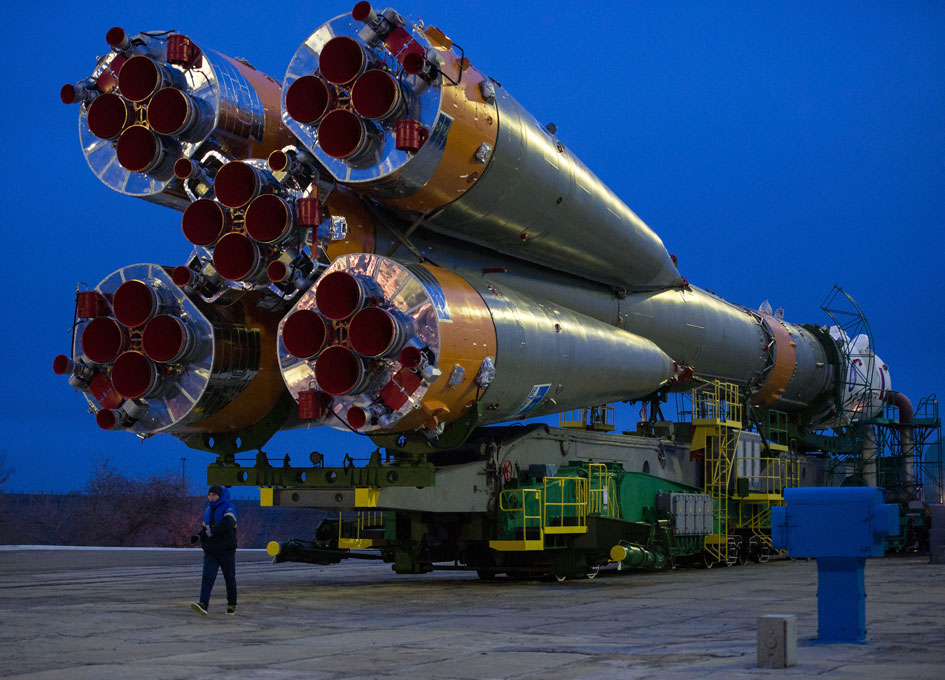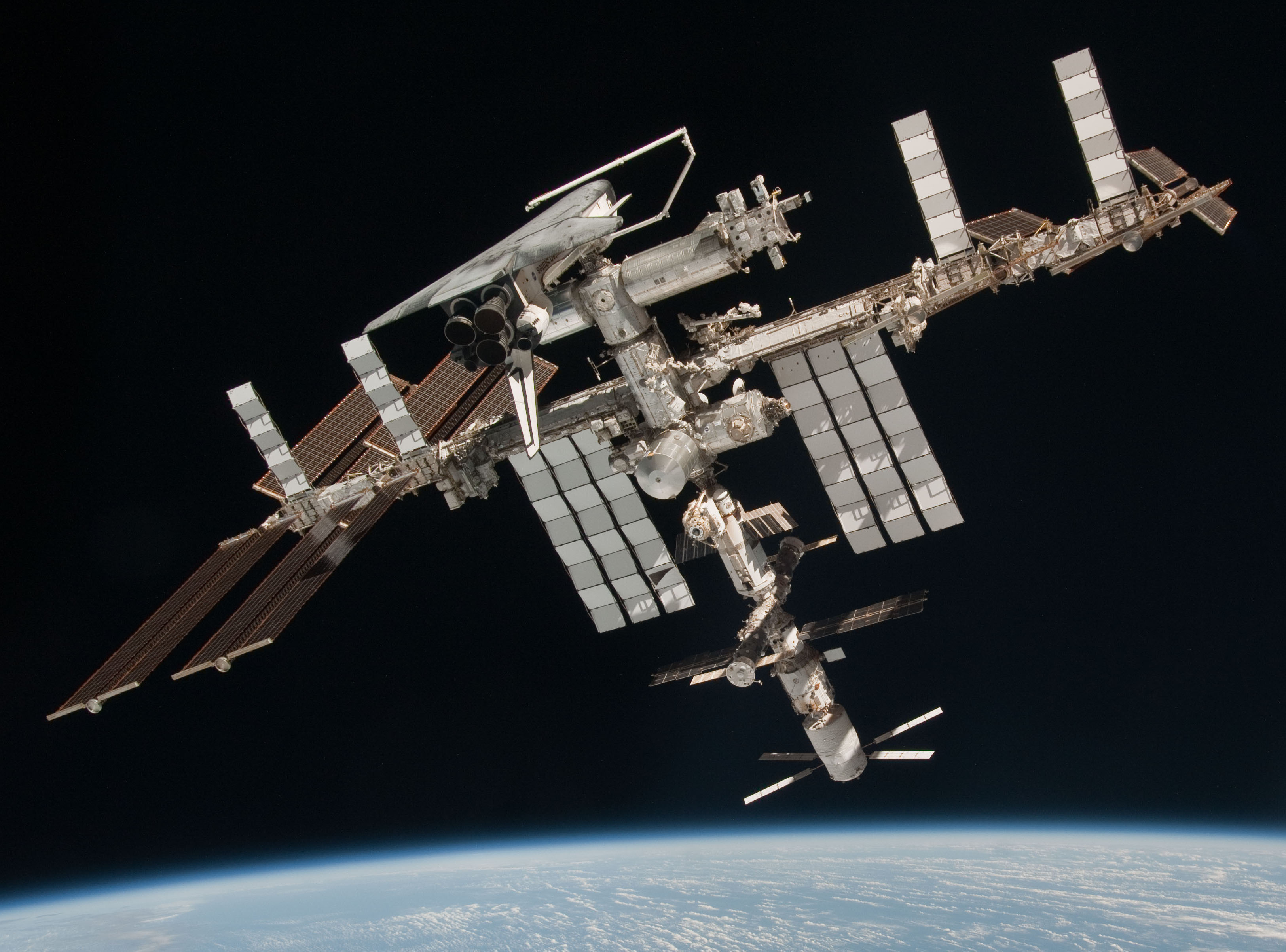
SLS will start rolling out of the VAB shortly after 5PM ET on March 17th.

You can watch the feed on NASA’s website or on YouTube. with an all-star lineup called Asteroid Day LIVE from Luxembourg. NASA plans to livestream the SLS rollout on its dedicated channel, NASA TV, with coverage starting at 5PM ET. Join the International Cooperation for Planetary Defense talk about asteroid impact. The crawler-transporter moves at roughly a mile per hour, so the SLS will be taking its time getting across KSC. Though SLS still has a ways to go before launch, this is the first time the fully stacked vehicle will see the light of day. NASA will then roll the SLS back to the VAB and conduct more tests before rolling out the rocket again for its first launch sometime this summer. Space shuttles docked with Russias Mir space station nine times, and with the International Space Station more than 35 times. If you are receiving other error messages or continue to have trouble, please let us know.If all goes well today, NASA plans to conduct what is known as a wet dress rehearsal in early April, a major event where engineers will simulate an actual launch day, filling the vehicle up with propellant and counting down close to the moment of launch. Please complete your request now or wait 24-hours and try your request again Please wait 24-hours and try again.” - To prevent spam, Spot The Station limits the number of incomplete requests allowed from each IP address. “You have exceeded the number of incomplete requests allowed from your IP address.
#Nasa space shuttle tracking live code#
“You have already completed your sign up / renewal / cancellation” - You will receive this error message if you attempt to enter your 8-digit code more than once. If you wish to have alerts sent to you for more than one location you can sign up using different email addresses or mobile numbers. It will also be moving considerably faster than a typical airplane (airplanes generally fly at about 600 miles per hour the space station flies at 17,500 miles per hour).

If you want to change the alert you are receiving you have to cancel the existing alert and sign up for a new one. The space station looks like an airplane or a very bright star moving across the sky, except it doesn't have flashing lights or change direction. "You must cancel your current alert before creating a new one or create a new alert using a different email address or mobile number.” - You can only sign up for one alert per email address or mobile number. Codes expire after 24-hours at which point a new code will be required. Please try again.” - If you have received this message, verify the correct 8-digit code is entered and that the code is less than 24-hours old. Please complete your request now or wait 24-hours and try again. Please check your email or text messages for an 8-digit code and instructions to complete the process or wait 24-hours and try again.” - You will receive this error message if you try to initiate the same request more than three times without entering your 8-digit code to complete the process.

"It looks like you have already attempted this process but not yet completed it. “The email address / mobile number you provided cannot be found” - You are attempting to renew or cancel alerts for an email address or mobile number that does not appear to be registered. Mobile phone numbers do not require any formatting, you can simply enter as a string of digits special characters like parenthesis and dashes are not required. "The email address / mobile number you entered is not valid” - Make sure you have entered a properly formatted email or SMS address. The letters represent compass directions - N is north, WNW is west by northwest, and so on.ĭisappears represents where in the night sky the International Space Station will leave your field of view. This value, like maximum height, also is measured in degrees from the horizon. If you hold your fist at arm's length and place your fist resting on the horizon, the top will be about 10 degrees.Īppears is the location in the sky where the station will be visible first. The horizon is at zero degrees, and directly overhead is ninety degrees. It represents the height of the space station from the horizon in the night sky. Max Height is measured in degrees (also known as elevation). Visible is the maximum time period the space station is visible before crossing back below the horizon. This is the optimum viewing period as the sun reflects off the space station and contrasts against the darker sky. All sightings will occur within a few hours before or after sunrise or sunset. Time is when the sighting opportunity will begin in your local time zone. What does all this sighting information mean?


 0 kommentar(er)
0 kommentar(er)
